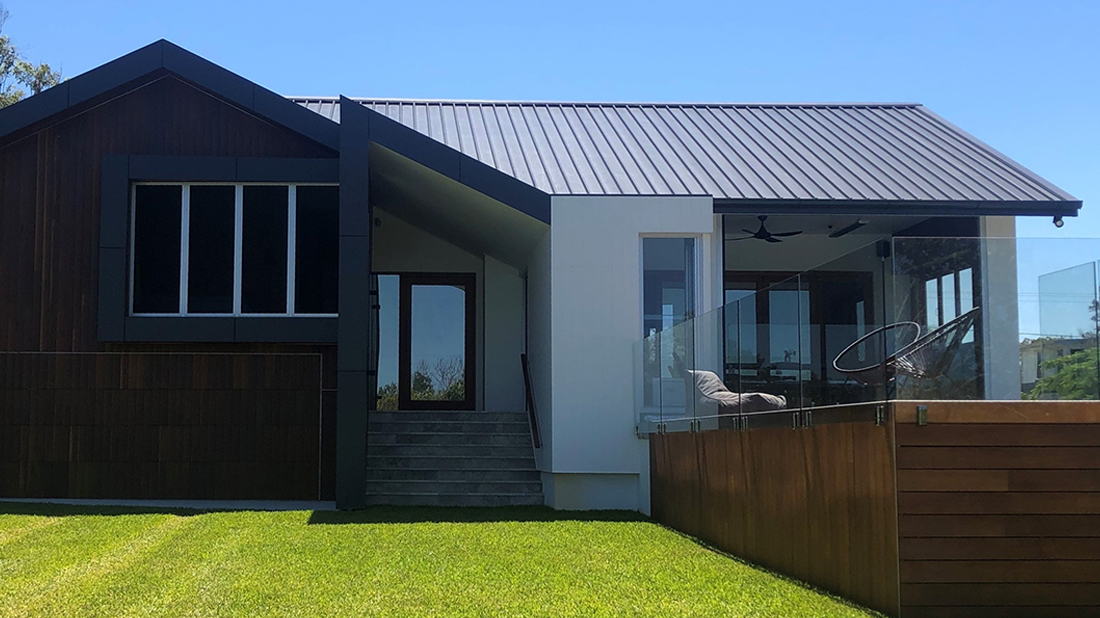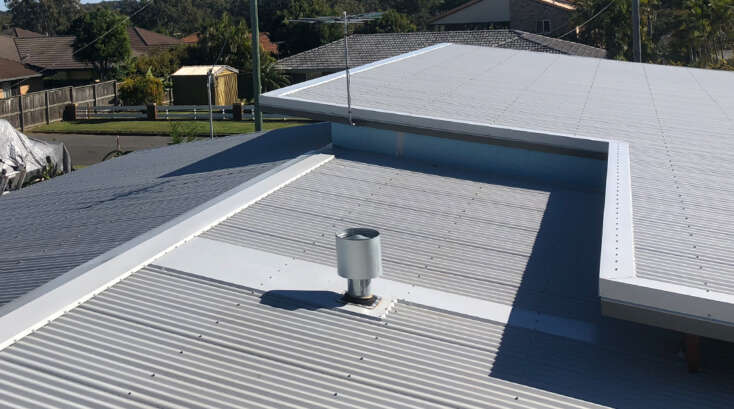If you are looking into roof ventilation for the first time, chances are you are quite overwhelmed with the number of options out there. Deciding which one suits your personal needs can be quite daunting and comparing roof ventilation options can be like comparing apples and oranges.
This simple guide will show you through the main types of ventilation and allow you to make an informed decision on what is best for your home or structure.
There are two types of ventilation, natural and mechancial.
Natural ventilation does not require power to work and simply runs on the power of wind and air pressure. They ventilate 24 hours a day, 7 days a week and are an always-on solution.
Mechanical ventilation is powered by a central motor and usually works through an extraction fan or similar. These can also be split into powered or solar-powered options and have their pros and cons too.
Now that we have identified the two different types of ventilators, let’s delve into each category and go through the pros and cons of each.
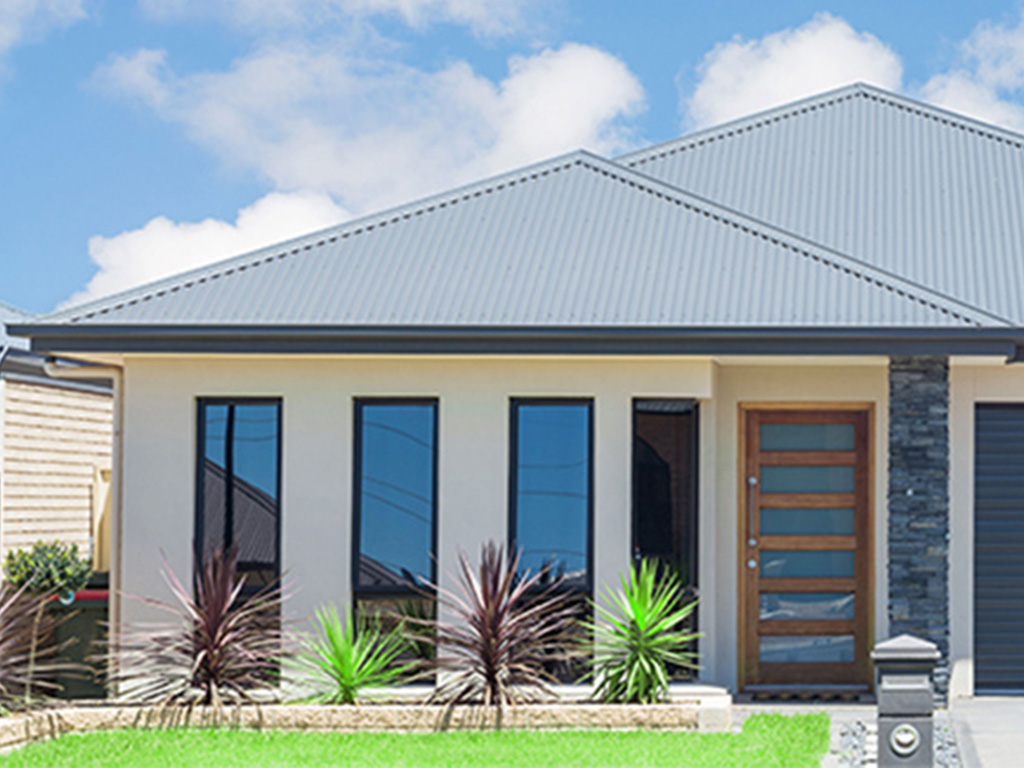
1. Rotary Ventilators
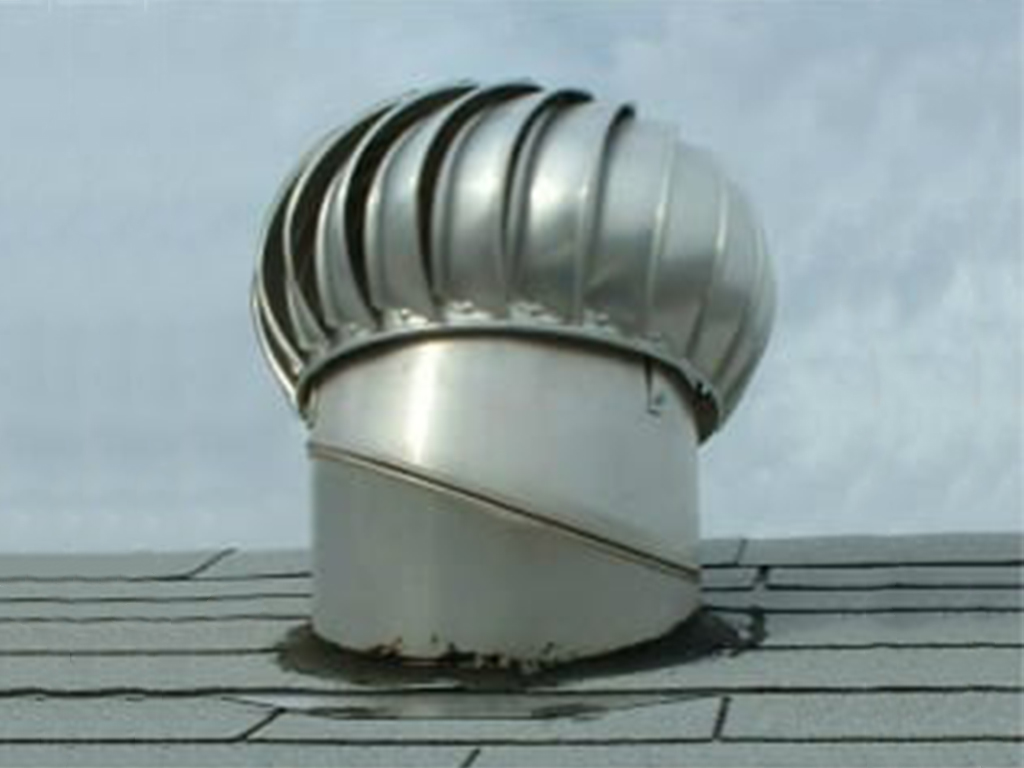
Rotary Ventilators or whirlybirds as they are more commonly known have been a popular form of ventilation for over 100 years. This longevity means that almost everyone has seen or had experience with whirlybirds at some stage. Whirlybirds work like most ventilators do: the negative pressure from inside a roof is sucked through the rotating blades using a thermal effect called the Venturi Effect. This creates a constant airflow through the ventilator and can be an effective way to ventilate your roof. CSR recommends one 300mm whirlybird for every 90m2 of ceiling area to effectively ventilate the space. As such, the major pro can be price, as they are one of the cheapest ways to ventilate your roof.
What are the negatives of whirlybirds?
- If installed incorrectly, they leak – The only way to install a whirlybird is to cut a hole in the roof. Any time you penetrate the roof, there is a chance of leakage if not sealed correctly or if the whirlybird is affected by external conditions like a heavy storm. Ask any roofer and they will confirm that most leaks are caused by penetration issues.
- Relies on moving parts to be effective – Unfortunately, everything that spins relies on maintenance for long term use. Not only can bearings wear out over time, but whirlybirds are susceptible to storm damage as they are installed at the apex of the roof. This can result in a noisy spinning action, cause the blades to stop spinning altogether allowing for rain to enter or, in heavy storms, whirlybirds can even be blown right off the roof, causing internal damage to your structure. Note: a common misconception of whirlybirds is that the spinning blades are designed to extract the air from the roof. Whilst this does help, the primary role of the spinning blades is to stop rain from entering the roof space.
- They are limited to only ventilating the area they are installed in – Depending on the design of your structure, placement of the whirlybirds can mean that some areas of the roof space are not as well ventilated as others, leaving hotspots around the roof. It’s like having a vacuum cleaner on the floor. The immediate area is ventilated, but the other side of the house is not.
2. Gable or Static Roof Vents
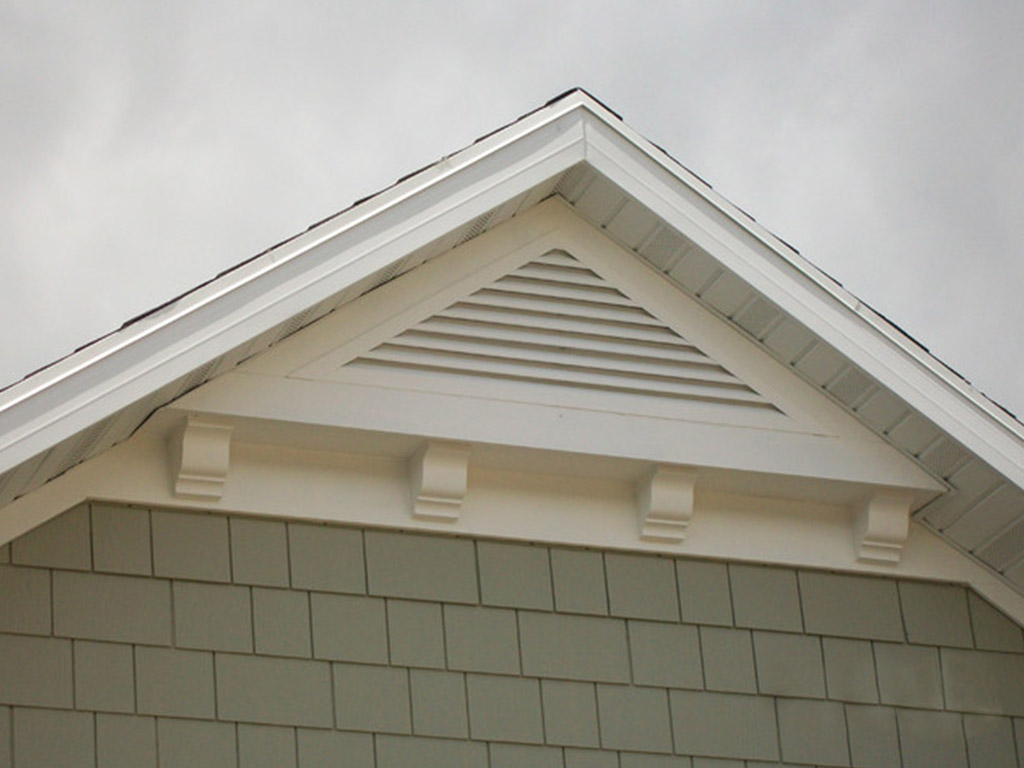
Gable or static roof vents are quite popular however it largely depends on the structure as to whether they can be used. Gable vents are extremely cheap and when installed as high as possible they can be quite effective as a natural ventilating option. The design of these vents means that they provide a waterproof approach to ventilation at the fraction of the cost of traditional methods. Australian house design has largely moved away from straight gable designs meaning that these vent options are increasingly limited. Other types of wall venting can be found in commercial structures but rarely found in standard homes in Australia. Eave vents, however, have become common in Australian homes but are typically only installed as intake vents rather than exhaust vents. They are also usually in combination with other roof ventilation options, whether that is mechanical or natural ventilation.
What are the negatives of Gable or Static Roof Vents?
- Unfortunately, as they can only be installed at the front or rear of the house, the ventilation capacity is limited. This creates hotspots in other places of the home.
- The size of the vents is just not quite large enough to have a substantial ventilation impact just by themselves.
3. Ridge Ventilation
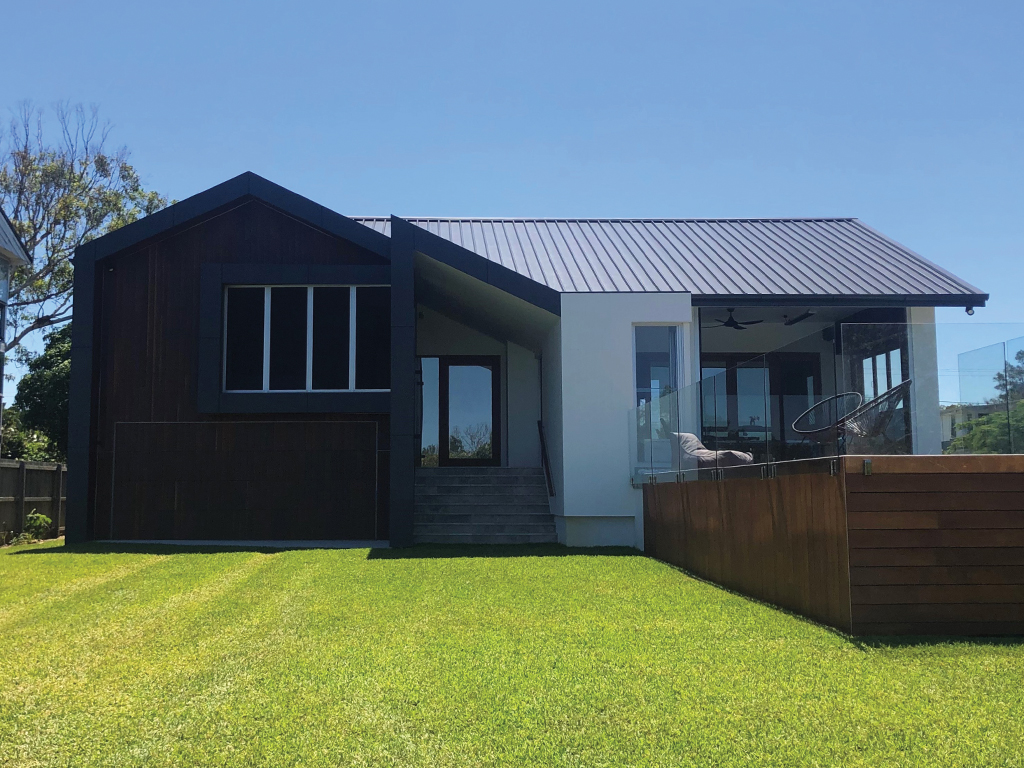
They are many types of ridge ventilation but for the purpose of this article, we will focus on residential ridge ventilation and more specifically the Vent-A-Roof® system. Vent-A-Roof® is a static system that is installed without penetration, right across the top ridge of the home to ensure maximum ventilation is achieved. It uses the same thermal principles to that of a whirlybird and has no moving parts. It therefore does not require maintenance over time or replacement. Being approved for use in cyclonic areas means that it is also not susceptible to storm damage. The easiest way to describe the airflow of the Vent-A-Roof® system is that for every 2.5 metres of the ridge, it is the equivalent of one 300mm whirlybird.
It therefore has all of the pros of other natural ventilation options, with the only negative being that it is only available for metal roofing.
4. Solar Powered Ventilation
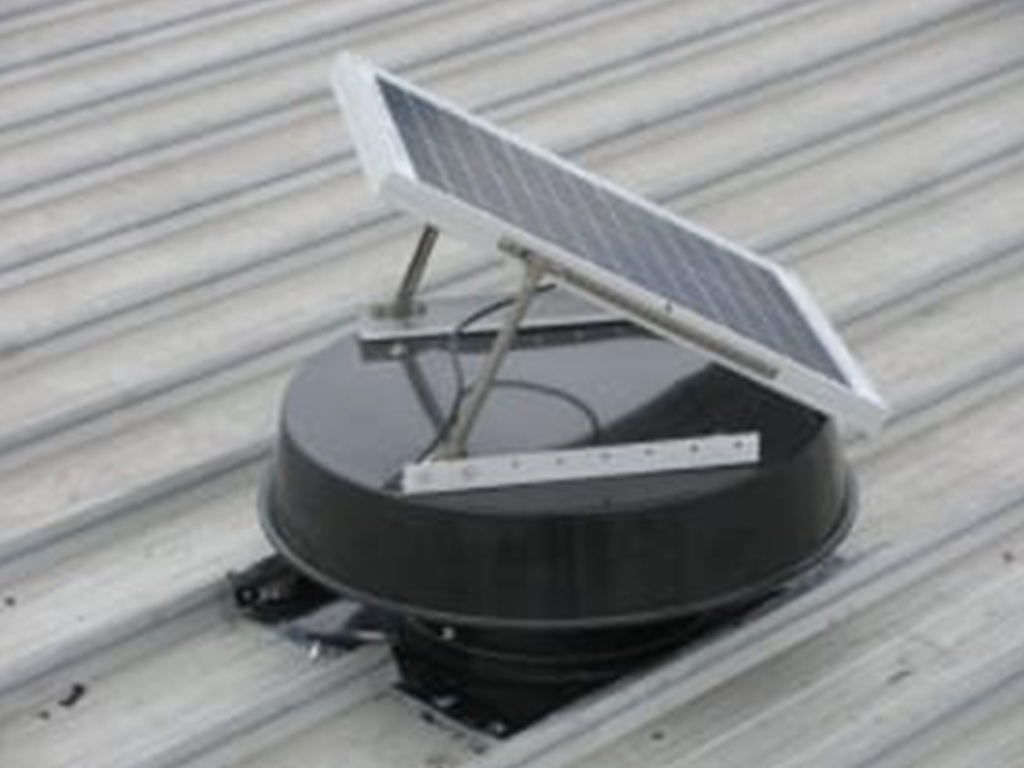
Solar-powered vents have recently become very popular in the industry and it’s easy to see why. You get most of the benefits of a fully mechanical system, with limited drawbacks. Mechanical ventilation in general is the benefit of being able to control the rate of extraction. As it is not reliant on the external environment, the internal living environment can be somewhat controlled. These types of ventilators are usually thermostat controlled, meaning they can switch on once the internal temperature reaches a defined number and when they do, they do so at a rate much higher than that of a natural ventilation system.
The negatives though are quite substantial and need to be considered.
- Solar vents do not run at night time as they need the sun to operate. If you live in a climate where you have hot nights, this option is not recommended. You can pay to upgrade some solar vents to a combination of battery/powered and solar. This means that you can run the vent on solar during the day, and by power at night. This comes at a running cost and installation cost to the user.
- They still need penetrations which can result in roof leaks.
- Unfortunately, even though they can exhaust air at a much higher rate, there will still be hot spots in the roof space in areas the vents are not installed.
- Maintenance and replacement costs. Solar panels do not last forever, and neither do the motors that run them. At some point, they will need maintenance and/or replacement.
5. Powered Vents

Powered ventilation whilst being the most expensive option in both running costs and installation costs is the only true way to have a solution that is completely user-controlled, maximising ventilation efficiency. This is an ideal solution for any space that creates large heat sources that require large amounts of air change such as industrial or commercial bakeries, factories etc. In homes, it can be used when there are severe mould issues and limited roof space to maximise the flow of air and reduce condensation.
The cons include
- Setup and ongoing costs
- Maintenance and replacement cost
- Roof penetrations
- Systems are generally loud and ongoing but can be turned on and off at will.
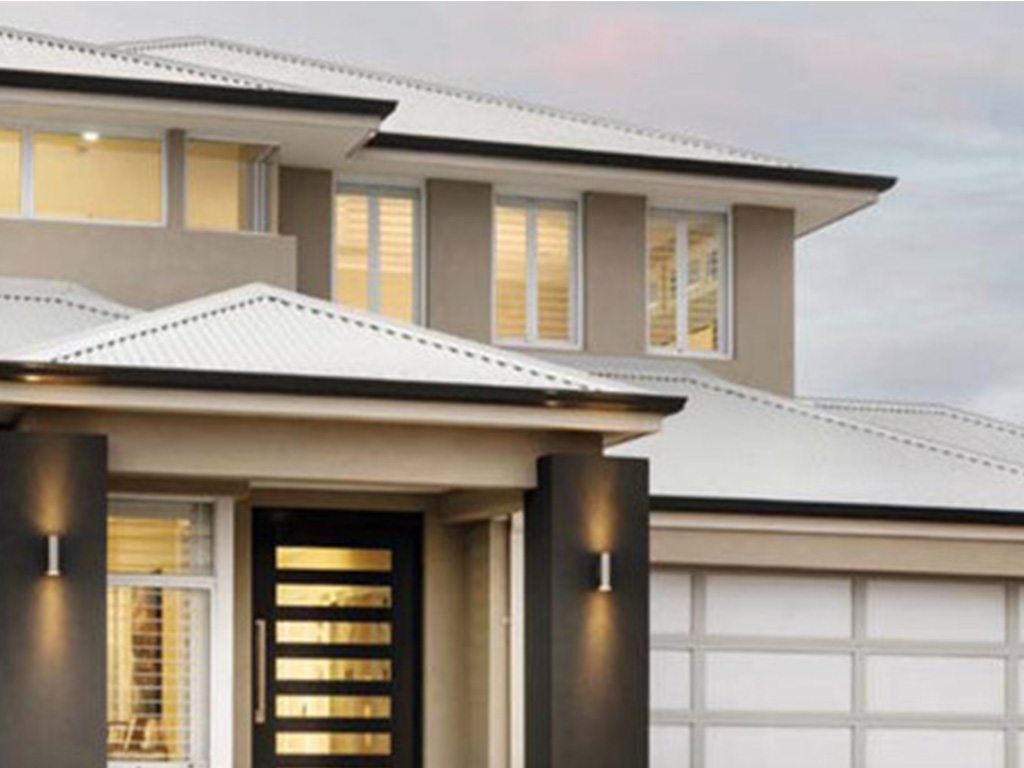
Each house is different and each ventilation has its place depending on your goals, structure and budget. Hopefully, this article has made the comparison a bit clearer when looking at what type of system to install.
If you’re unsure about what system suits your needs, call 1300 991 932 and our Vent-A-Roof® experts will talk you through the options.


